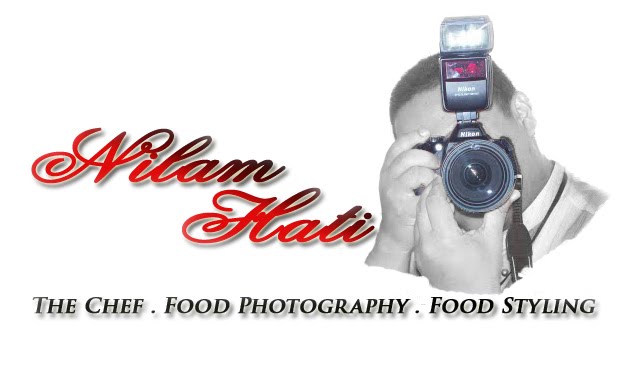Pastry is the name given to various kinds of baked goods made from ingredients such as flour, butter, shortening, baking powder or eggs. Small cakes, tarts and other sweet baked goods are called "pastries". It’s may also refer to the dough from which such baked goods are made. Pastry dough is rolled out thinly and used as a base for baked goods. Common pastry dishes include pies, tarts and quiches. Many pie recipes involve blind-baking the pastry before the filling is added. Pastry dough may be sweetened or perhaps unsweetened.
Pastry is distinguished from bread by having a higher fat content, which contributes to a flaky or crumbly texture. A good pastry is light and airy and fatty, but firm enough to support the weight of the filling. When making a shortcrust pastry, care must be taken to blend the fat and flour thoroughly before adding any liquid. This ensures that the flour granules are adequately coated with fat and less likely to develop gluten. On the other hand, overmixing results in long gluten strands that toughen the pastry. In other types of pastry, such as Danish pastry and croissants, the characteristic flaky texture is achieved by repeatedly rolling out a dough similar to that for yeast bread, spreading it with butter, and folding it to produce many thin layers of folds.

Pastries go back to the ancient Mediterranean almost paper-thin multi-layered baklava and filo. Medieval Europe took on pastry making after the Crusaders brought it back. French and Italian Renaissance chefs eventually perfected the Puff and Choux pastries, while 17th and 18th century chefs brought new recipes to the table. These new pastries included brioche, Napoleons, cream puffs, and éclairs. French chef Antonin Careme reportedly was the first to incorporate art in pastry making.



Different kinds of pastries are made by the nature of wheat flour and also due to certain types of fats. When wheat flour is kneaded into plain dough and made with water it develops strands of gluten, which are what make the bread tough and elastic. In a typical pastry, however, this toughness is unwanted so fat or oil is put in to slow down the development of gluten. It is common to use lard or suet here because they have a coarse, crystalline structure that is very effective. Using only unclarified butter does not always work well because of its water content; clarified butter is virtually water free. Shortcrust pastry using only butter may develop an inferior texture. If the fat is melted with hot water, or if liquid oil is used, the thin oily layer between the grains offers less obstacle to gluten formation and the resulting pastry is tougher. In hot water pastry, liquid oil or melted fat is used; the layer or oil between the grains makes it easier for gluten to form, making the pastry tougher.
Note:
Please double click at every pastry picture to see real photo, clarify image and best zooming view that meat in eyes..
Thank you.


















No comments:
Post a Comment